5 things you need to know if you want to choose the best coffee beans
The right coffee beans can make or break your brew. Here's how to choose them

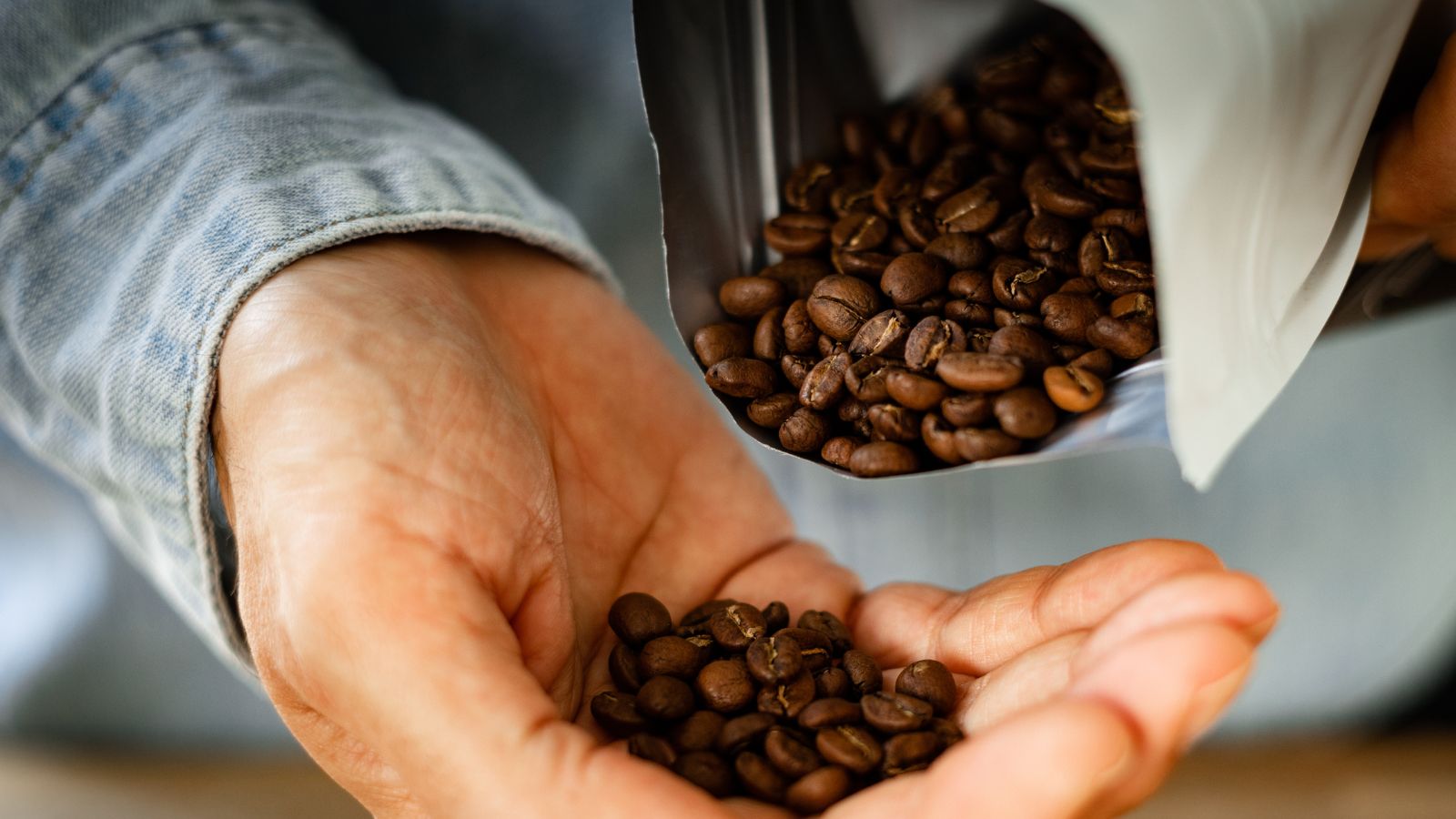
We've all had that moment when a cup of coffee stops tasting of just plain coffee: your mouth will fill with aromas of marzipan, chocolate, honey, or vanilla. This kind of elevated coffee experience is all about knowing how to choose coffee beans.
The coffee community is confusing, especially with lots of technical jargon floating around. If you're not sure whether you want arabica or robusta beans; a single origin or blended bag; and a dark or a light roast, you're in the right place. I've got everything you need to know to choose the right coffee beans for your brewing preferences. There are only five things you need to know to select the perfect coffee beans, unlocking the key to making your coffee taste better than your local barista's.
I've spoken with world-leading coffee experts, roasters, baristas, and coffee producers to tell you how to choose coffee beans. If you're also up to speed on how to grind your coffee beans and how to store them too, you're set for perfection.
How to choose coffee beans
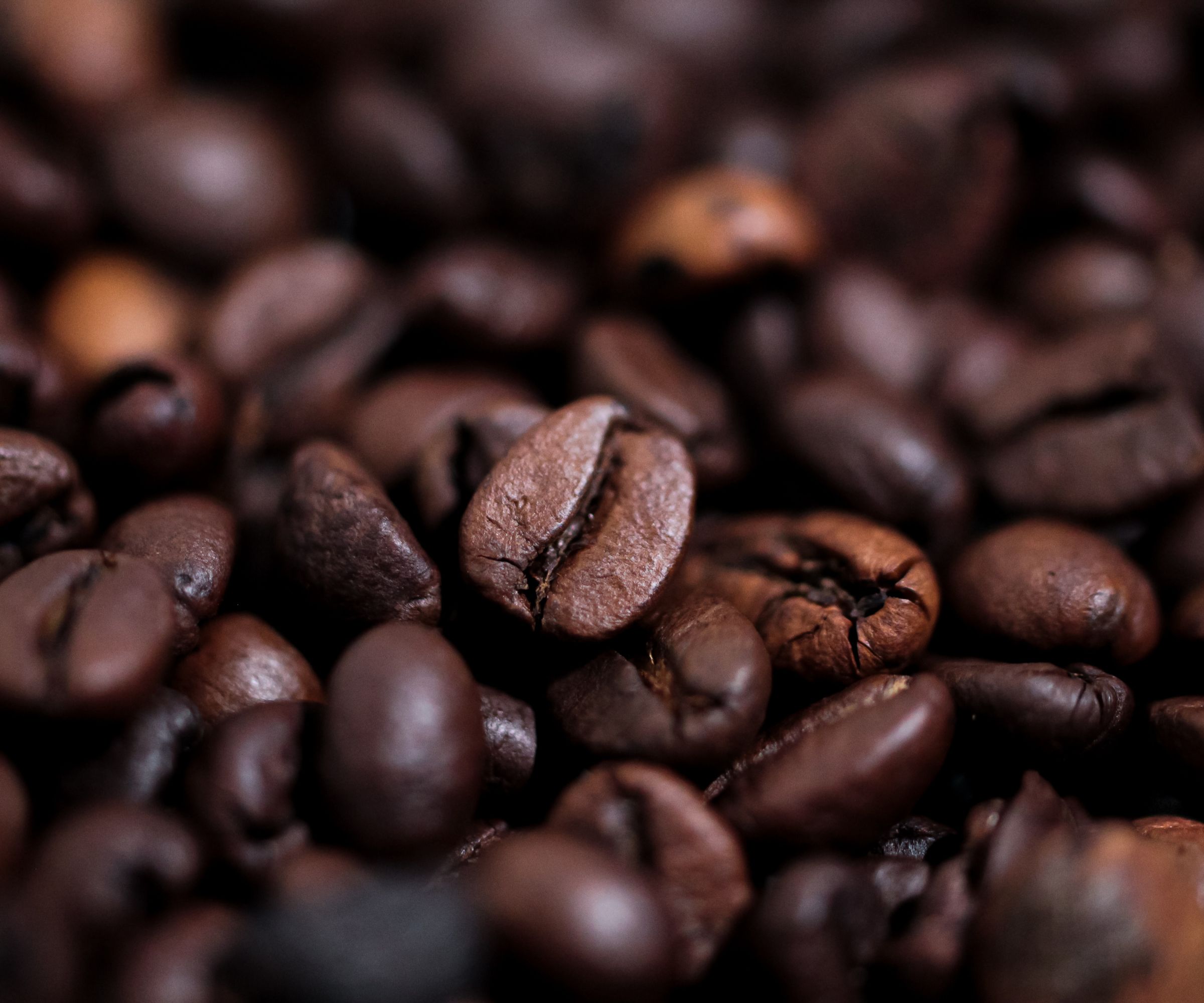
'Stand in front of the shelves at the store and take a look at the coffee aisle. You'll see pictures of mountains and rainforests, but what do they mean?' says Ashley Palmer-Watts, Michelin chef and founder of Artisan Coffee Co.
'You shouldn't have to be a Q-Grader to understand coffee, which is why I'm all about going back to the basics and using ordinary language to talk about extraordinary coffee.' It sounds appealing, even to me, a barista (and a bit of a coffee geek).
He's got plenty of tips on how to choose coffee beans to best suit your palette and the first place that he starts is with a practical exercise. Spoiler alert: it involves chocolate.
1. Work out your flavor profiles

As a Michelin chef, Ashley is a palette expert and one of the most impressive authorities on coffee that I've ever spoken with. He's not wrapped up in confusing terminology. He just wants delicious flavors. Don't we all?
Design expertise in your inbox – from inspiring decorating ideas and beautiful celebrity homes to practical gardening advice and shopping round-ups.
He says 'Lots of people don't feel confident in saying which coffee notes they like the taste of, because they're not sure that they can even taste them. I promise, even those who claim to have the most simple, untrained palette will be able to taste the notes if they follow this simple process.' Ashley is about to share a clever trick that has changed the way that my friends and family taste their coffee.
Ashley recommends picking a few coffees with different notes, ones that you think you will like as well as some more left-field ones. For example, you might pick up a bag that describes the coffee as 'nutty and fruity', another which is 'sweet and biscuity', and another which is 'rich and fudgy'. Pick up some good quality chocolate (I recommend Divine) that shares the same notes. Brew a cup of coffee with each of these different blends and then alternate between taking a nibble of the chocolate and a sip of the coffee.
'These two have complementary, overlapping profiles, so they'll enhance each other's notes,' says Ashley and, true to his word, it is exactly what happens. Even my brother, who claims not to like coffee, found himself picking out notes in the coffee. It's a brilliant experiment and a great excuse to crack out the chocolate when you're having your caffeine pick-me-up.
2. Single origin vs blend
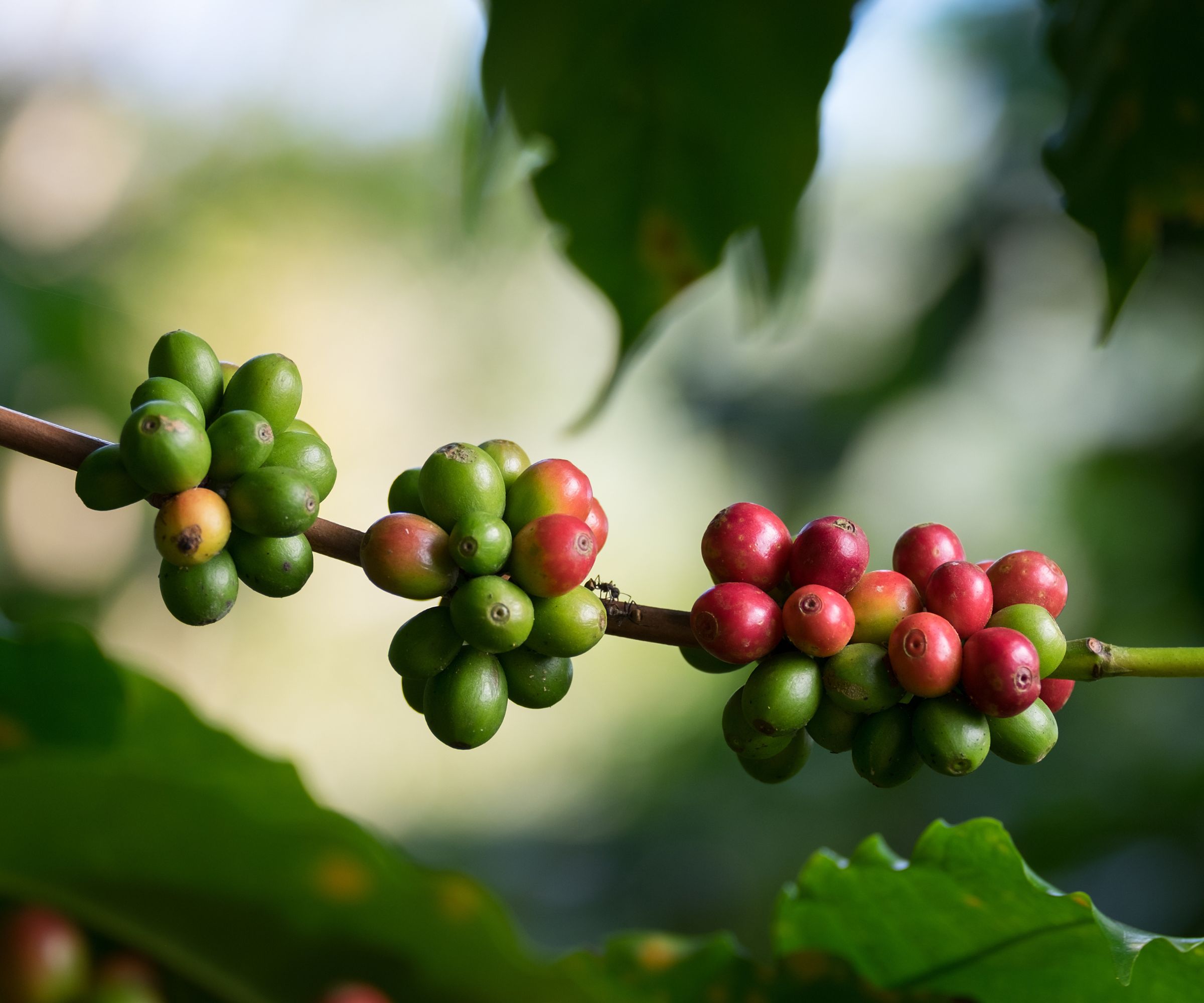
Once you know what flavors you want, you might want to think about where they'll come from. You can opt for a single-origin bean or a blend. These mean exactly what the words suggest: a single-origin will be the same variety of beans from the same place. Stuart Wilson, the founder of Lost Sheep Coffee, says that 'a coffee from a singular country does not make it single origin. It has to be from a single farm, crop, or, at most, a region within a country.' This specificity means that your coffee beans should be really easy to trace.
Single-origin beans are also often praised for their quality and purity. Depending on how you brew them, you should be able to achieve a clean and crisp cup of coffee, but the flavor profiles will change because the plants are a natural product, so will
Stuart says 'A blend, on the other hand, is essentially a mix of coffee beans. A blend's bean components will change throughout the year, but the blend will always aim to hit a consistent taste profile all year round. For example, our Get to the Hopper blend tastes the same in January as it would in July. It's all about consistency.'
3. Arabica vs robusta

The terms that often throws people is Arabica and Robusta (and sometimes Liberica). These are hard to map onto flavor profiles if you've never heard them mentioned before, but once you've read about them once, they're easy to remember.
Arabica coffee is the one that most people prefer. It's more palatable and drinkable, with an acidic, sweet, and delicate flavor profile. It's a good go-to. The reason this tastes sweeter is because Arabica coffee is grown at a higher altitude with cooler temperatures. The plants grow slowly, producing complex flavors. Of course, the soil in which it grows as well as the geographical location will also affect the flavors. Central American coffee is mellow, smooth, nutty, and fruity. African coffee tends to be brighter, more berry-ish, and floral. You'll want to search for more specifics online though, since the geography of coffee needs a whole other article.

I hope you're taking notes. Robusta beans tend to be cheaper, even though they're stronger and about 50% higher in caffeine content according to Bean & Bean Coffee Roasters. Robusta can be grown at lower altitudes in more harsh climates, and it's much more robust. I'll let the penny drop for a second (robust-a). If you want cheap, commercial coffee, you'll want Robusta. Some people prefer the dense, smoldering flavor profile too and they get to win on all fronts.
Liberica is the least well-known and least popular of all three because it's not as strong as Robusta and not considered to be as palatable as Arabica. Liberica coffee plants are robust, bigger than Arabica and Robusta, and the beans are often a teardrop shape.
These are grown in South-East Asia and the beans can be as big as cherries. This means that they have lots of fruit sugars in them, making them taste sweet, fruity, and floral. However, the smoky, woody, vegetal notes (which only get stronger with roasting) out people who might have converted from Arabica off.
4. Choose your roast

So, once you know what flavors you want and whether you want a single origin or blend bean, you might want to think about the roast and your brewing style. I’ve mentioned these together because they go hand-in-hand.
Stuart Wilson says 'There are a few simple rules which you can follow. Coffee with a light to medium roast levels are best for filter brews, such as the Hario V60 and AeroPress, I'd recommend something like our blend, The Filter One. It's a specialty-grade, single-origin, Arabica bean from Paranabia in Brazil. It's sweet, fruity, and simply delicious.'
On the other hand, Stuart recommends 'blends or single-origin coffee that are medium to dark for espresso and French press. These are intense and full-bodied, perfect if you like a rich cup of coffee.'
If you want a coffee that can switch between all the different brewing types, you could opt for an omni-roast, meaning it can be used for both espresso and filter brew. Ashley emphasized the importance of not just picking one bean and sticking with it. He said 'A common mistake people make with coffee is that they just drink one type, but we’re all different. We have different moods that we meet with different meals and foods and we should do the same for coffee. Sometimes you might want a nutty, earthy flavor and sometimes you’ll want a sweeter, more chocolatey one. It’s okay to mix it up.’
5. Caffeinated vs decaffeinated
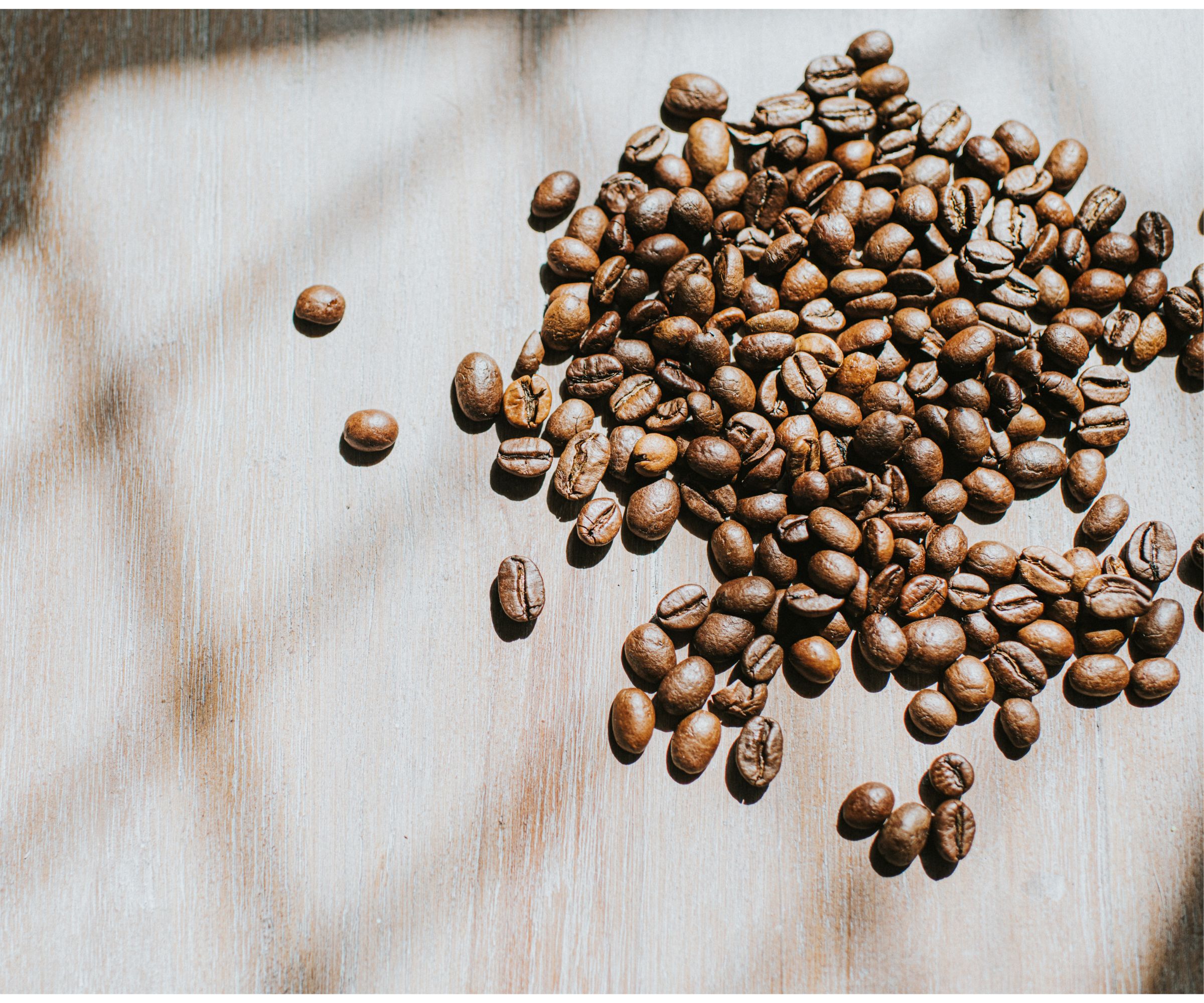
The final factor you’ll want to consider is whether you want caffeinated beans. For most people, it’s a no-brainer. You drink coffee for the buzz and the energy boost. However, for someone like me who’s drinking coffee all day every day, sometimes you need a break. I’ve done a deep dive into the decaffeination process because cheaper methods can be harsh to your beans. It's important to know which coffees have been decaffeinated using the Swiss water method.
The Artisan Coffee Co makes the best decaffeinated coffee (it's called The Dreamer) that I've ever tasted and, trust me, I've tried a few (hundred). I spoke with Ashley, since he's the brains behind this decaf to find out more about his process. He says that 'The key is really to use the Swiss water method because it is much more sympathetic to the bean. It's super simple too. You have your beans in a chamber and you run caffeinated water over the beans. The caffeine travels from the bean to the greater mass of caffeine in the water through osmosis. A machine captures the water, refills the chamber, and keeps the process going until the caffeine is out of the bean.'
6. Ethical coffee
People often overlook the ethical or sustainable credentials of coffee in favor of cheaper options. Brands, such as Lavazza, work hard on creating coffee that follows social, economic, and environmental initiatives. If you want a quick check for your coffee's sustainability, look for certifications such as the Rainforest Alliance, Organic, WELL Health-Safety Rating, and LEED certifications.
I've used Lavazza as an example because they are committed to sustainable, delicious coffee. So, if you need a place to start, I'd recommend taking a look at what they've got to offer. They recently launched ¡Tierra! For Cuba Beans, which are premium, organic, sustainable coffee beans, grown in Cuba. They've got delicious floral and fruity notes, so are a safe bet for all palettes.
If you care about committing to sustainable coffee, I've covered everything you need to know for how to choose ethical coffee.
Final thoughts
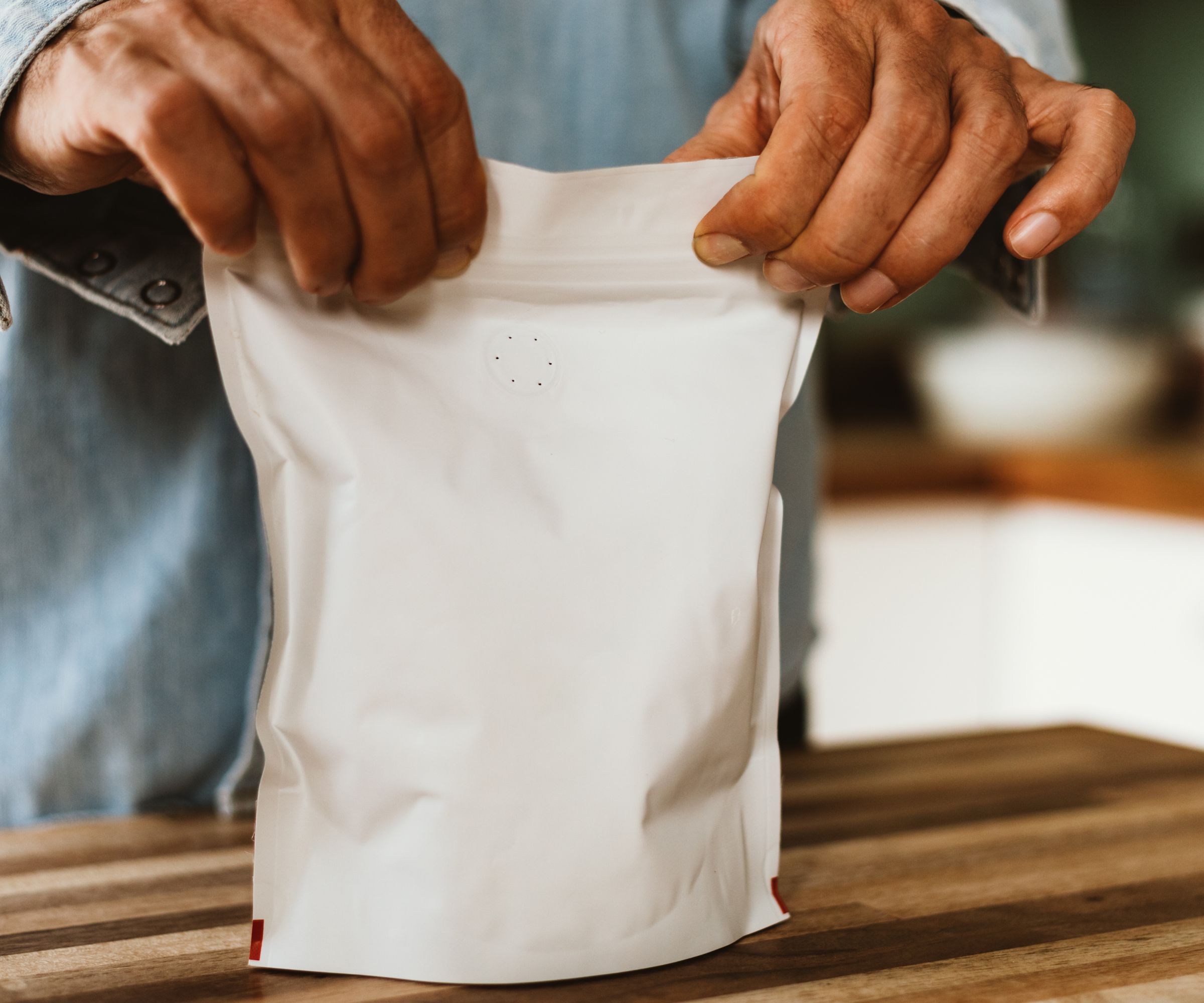
That's a quick tour of how to choose coffee beans. The reason they can look so complex is that coffee is a bottomless world of technical information. Whilst it's always fun to dive into and I would encourage you to do so, sometimes, all you need to do is take a step back and decide on the flavors, roast, origin, and bean type that you want. Once you've nailed the basics, then you can enjoy experimenting with your coffee beans.
| Flavor profiles | Floral; fruity; nutty; earthy; chocolate; biscuit; caramel | These are self-explanatory |
| Roasts | Dark, medium, light | Darker roasts (for french press and espresso); light roast (pour-over and drip) |
| Bean type | Robusta or arabica | (Arabica is sweeter, robusta is more bitter) |
| Origin | Single or blend | (Blend tends to have more body) |
FAQs
What is the best coffee bean for beginners?
There's no coffee bean that's universally recognised as the 'best for beginners', but I'd recommend starting with a balanced, simple flavor profile. Brazillian beans are a great place to start, since they're often mild and nutty with low acidity. Columbian coffee is another food option, with a slightly fruity and floral aroma. They're not too intense, so are good for beginners.
Is there a coffee bean which is the best?
You might have heard people saying that Black Ivory coffee is the best, because it's the most expensive coffee bean. In reality, everyone has their own preferences, so the best coffee bean is dependent upon you. Try different beans: Arabica ones for their delicate notes, Robusta beans for their strength and acidity, Ethiopian beans for their floral complexity, and Columbian beans for their versatility.

Laura is our eCommerce editor. As a fully qualified barista, she's our expert in all things coffee and has tested over thirty of the best coffee makers on the market. She has also interviewed Q-Graders and world-leading experts in the coffee industry, so has an intimate knowledge of all things coffee. Before joining Homes & Gardens, she studied English at Oxford University. Whilst studying, she trained as a master perfumer and worked in the luxury fragrance industry for five years. Her collection of home fragrance is extensive and she's met and interviewed five of the world's finest perfumers (also known as 'noses'). As a result of this expansive fragrance knowledge, she always puts quality and style over quantity and fads. Laura looks for products which have been designed simply and with thoughtful finishes.